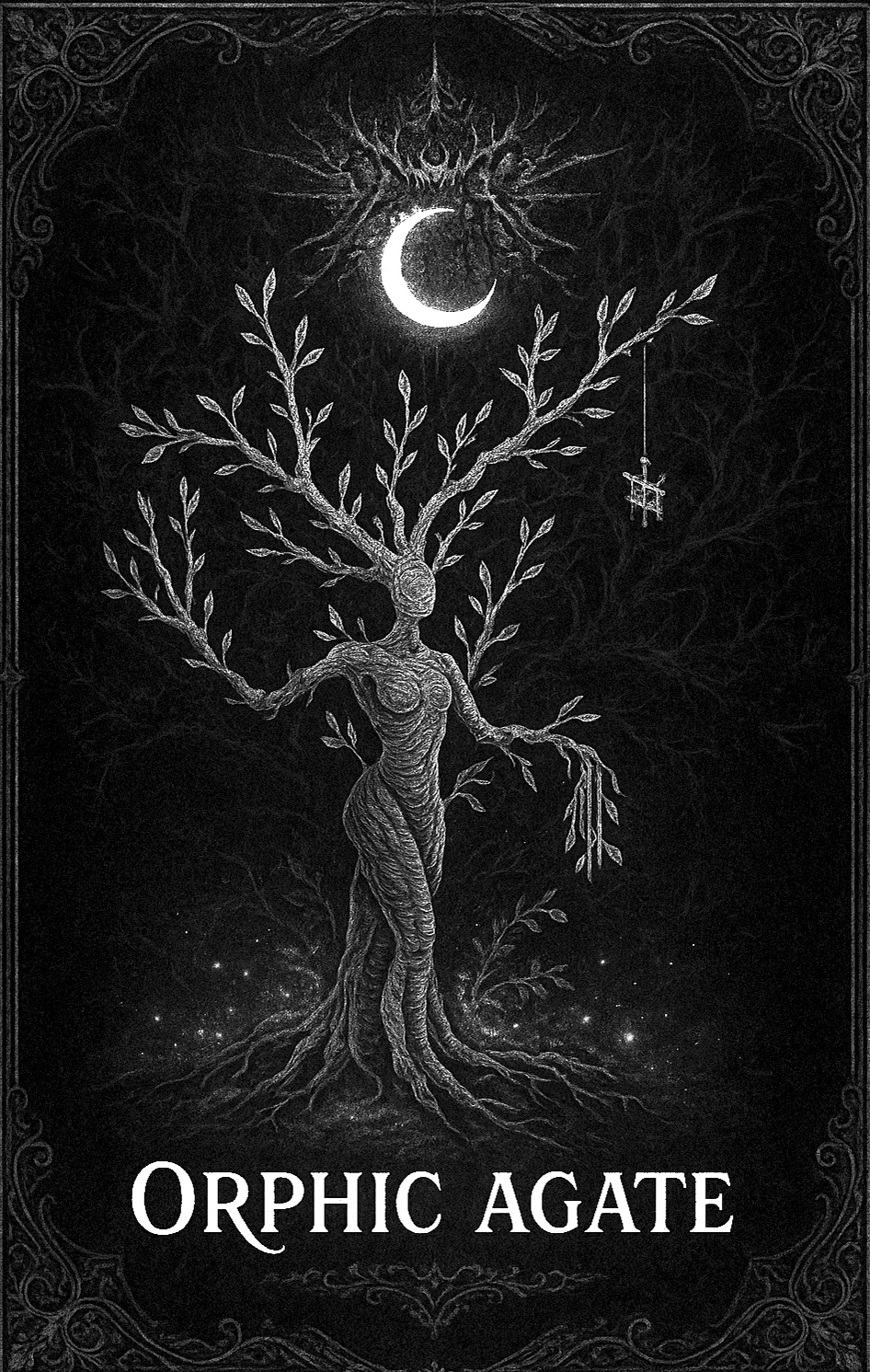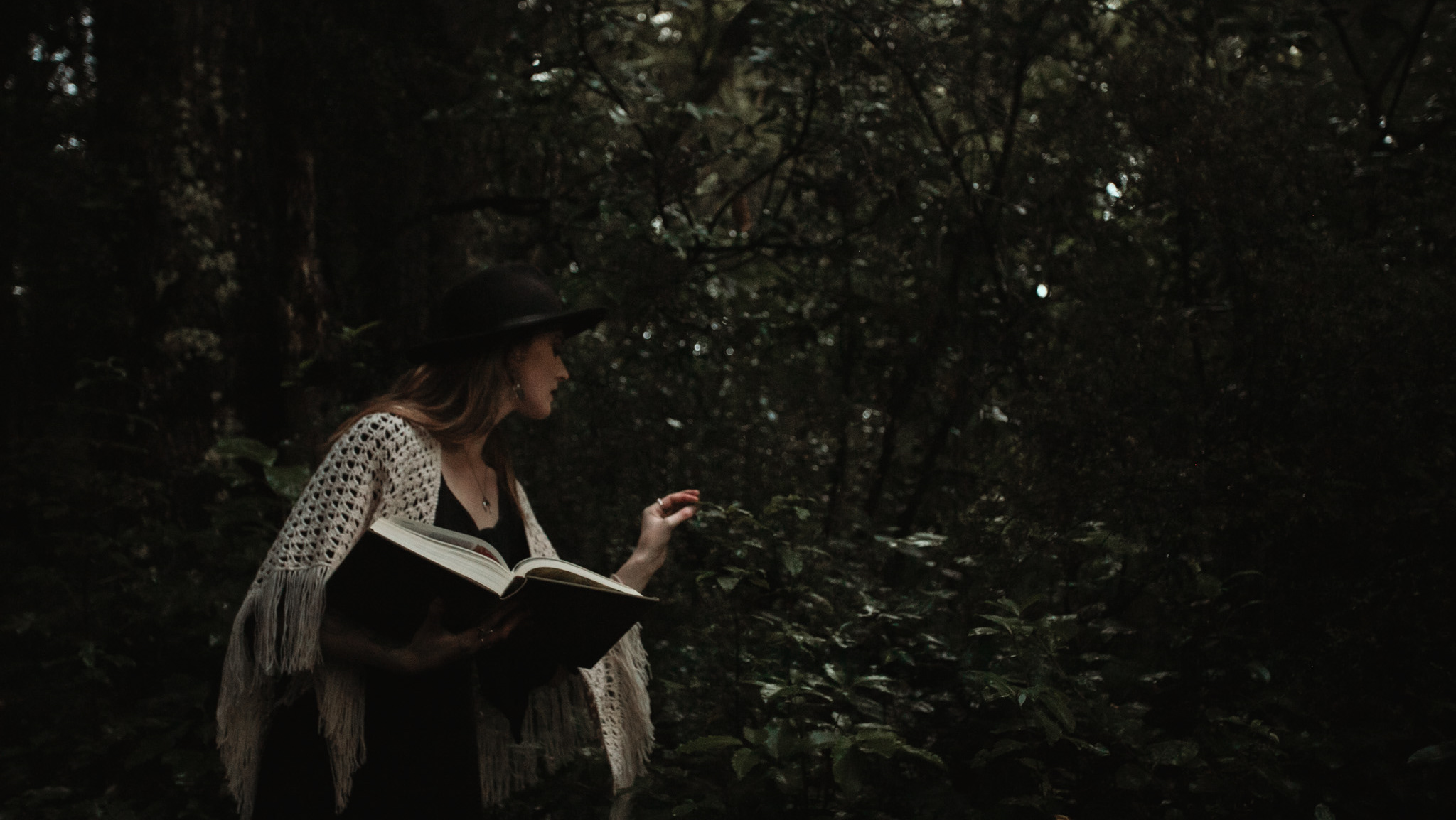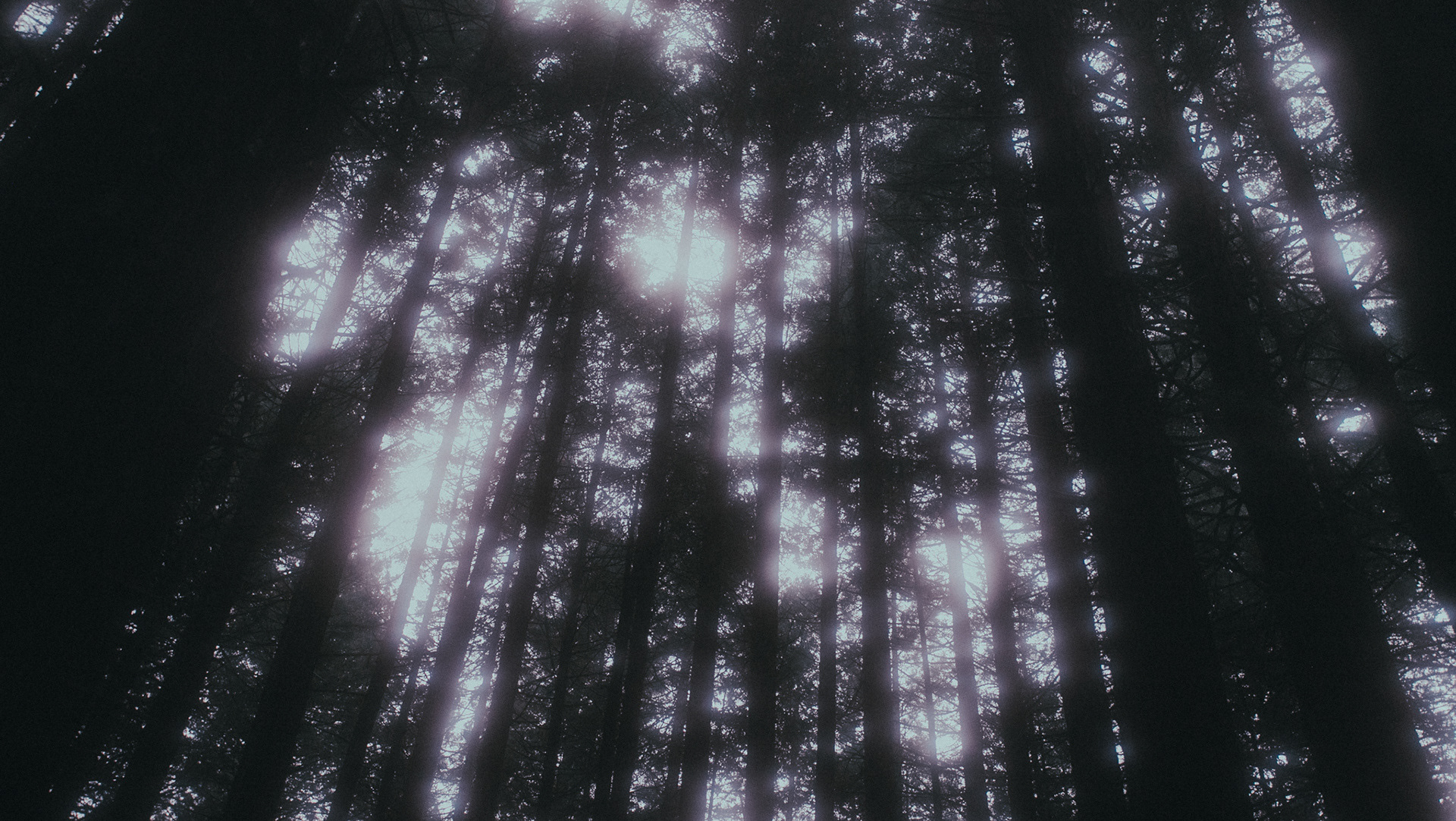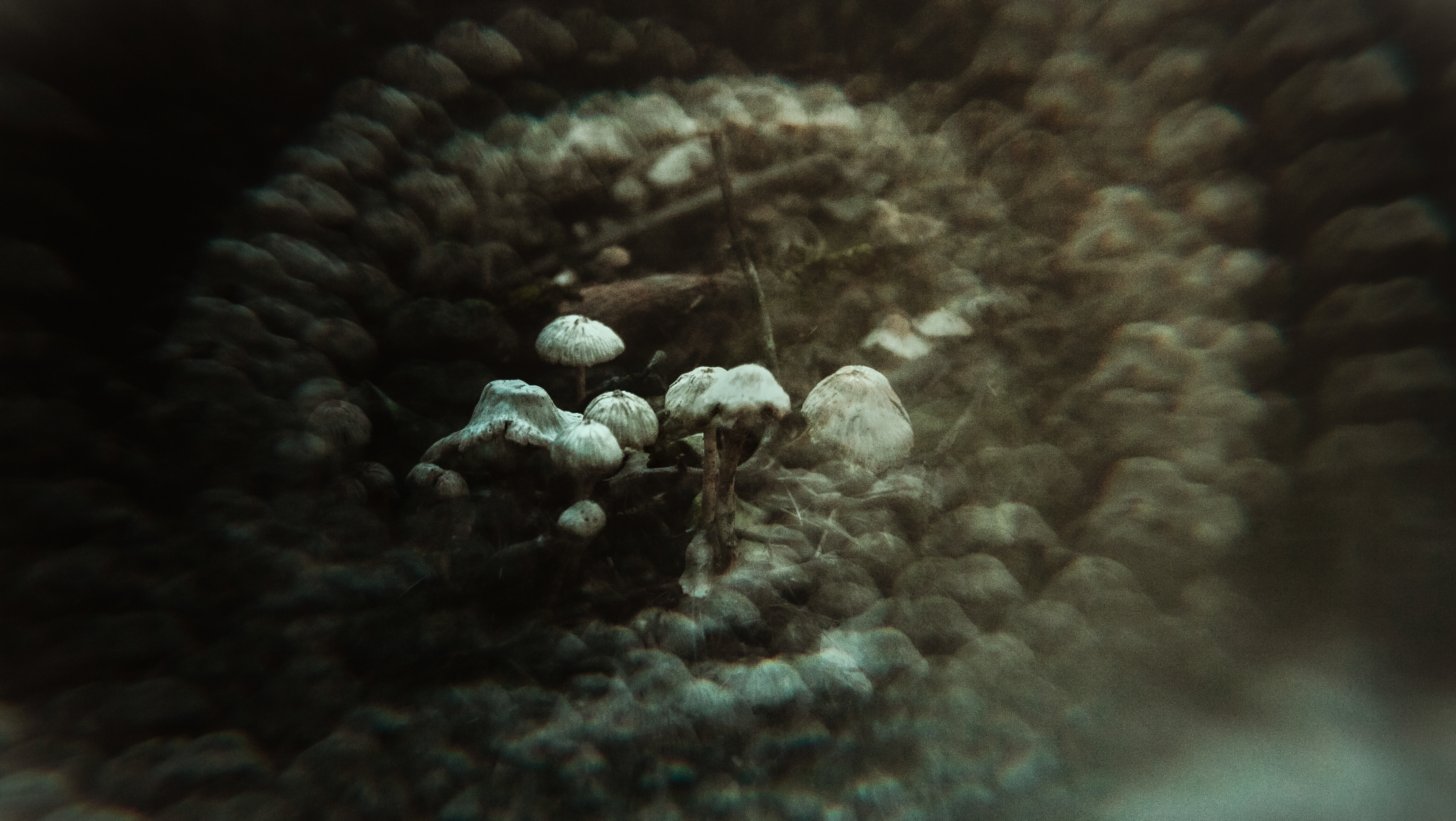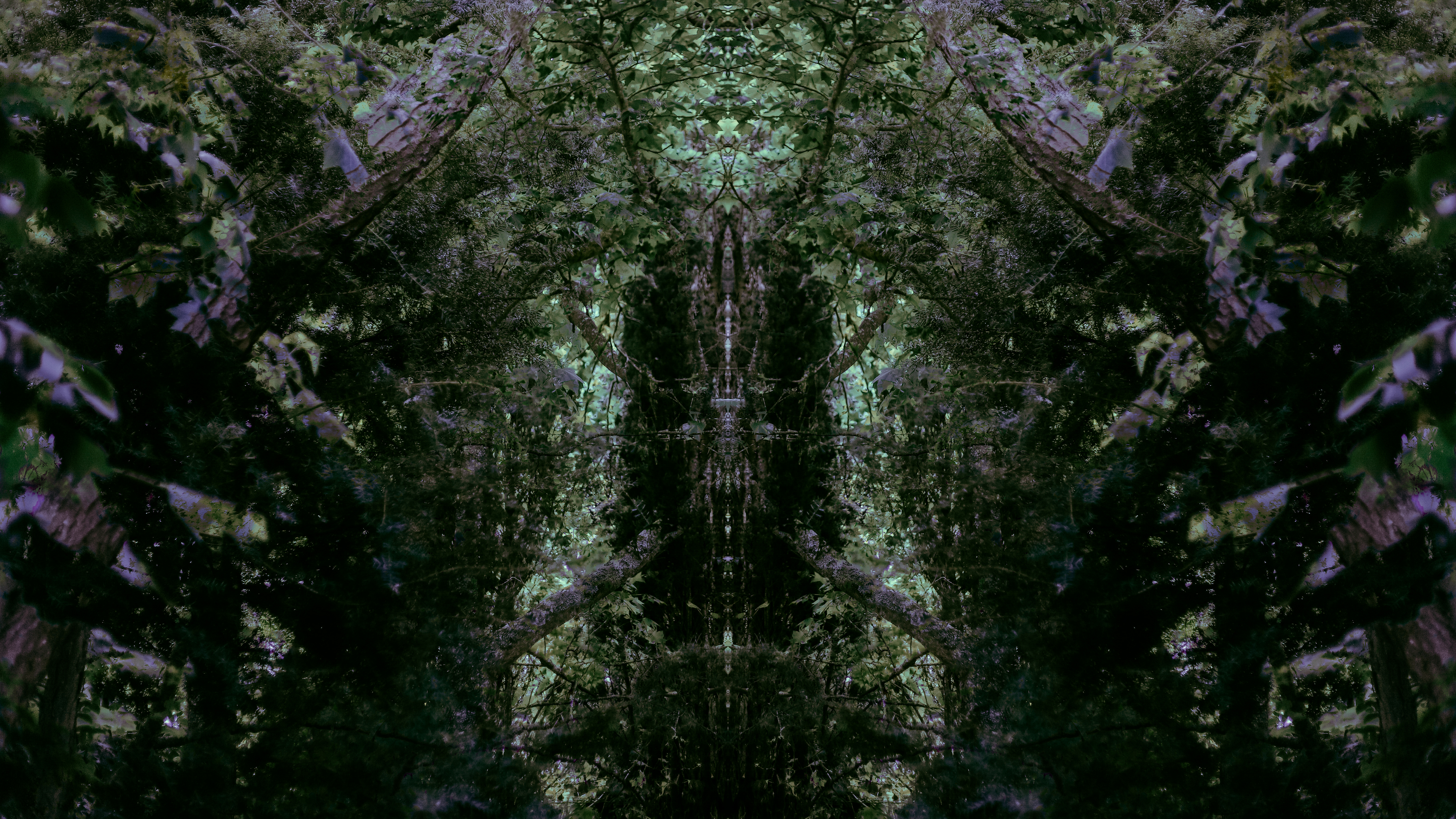The Kepler Track, Te Anau Fiordland. One of nine New Zealand Great Walks.
60km of wilderness made of fern forests, a diverse array of flora and fauna, tiny lichens and mosses. Not to mention the frequent visitors, the Kea, New Zealand's cheeky alpine parrot, and the kārearea/falcon.
60km of wilderness made of fern forests, a diverse array of flora and fauna, tiny lichens and mosses. Not to mention the frequent visitors, the Kea, New Zealand's cheeky alpine parrot, and the kārearea/falcon.
With a sense of anticipation, the promise of wildlife, landscapes and untamed beauty ahead. The hike began with a dense beech forest along the shore of Lake Te Anau and winding trails to towering limestone bluffs.
Devils Backbone
Devil’s Backbone was captured during a break in heavy weather just beyond Luxmore Hut.
Before our 20km mission for the day I had to capture the views we had ingested since yesterdays arrival. The area was potent with frequent visitors, the Kea, New Zealand's cheeky alpine parrot, and the kārearea/falcon.
Low clouds began to drift and reveal the rugged contours of the mountain range surrounding Lake Te Anau. Shot from a high vantage point to emphasize the sweeping scale of the landscape - then mirrored composition in post to enhance the natural symmetry between the cloud forms and ridgelines.
The overcast light helped flatten harsh contrasts, allowing midtones and soft gradients to carry the image. By doubling the horizon, the photo plays with perception—drawing the viewer into a visual tension between reality and illusion. The name comes from the serrated silhouette of the peaks, which reminded me of a spine—something ancient, primal, and a little ominous.
Before our 20km mission for the day I had to capture the views we had ingested since yesterdays arrival. The area was potent with frequent visitors, the Kea, New Zealand's cheeky alpine parrot, and the kārearea/falcon.
Low clouds began to drift and reveal the rugged contours of the mountain range surrounding Lake Te Anau. Shot from a high vantage point to emphasize the sweeping scale of the landscape - then mirrored composition in post to enhance the natural symmetry between the cloud forms and ridgelines.
The overcast light helped flatten harsh contrasts, allowing midtones and soft gradients to carry the image. By doubling the horizon, the photo plays with perception—drawing the viewer into a visual tension between reality and illusion. The name comes from the serrated silhouette of the peaks, which reminded me of a spine—something ancient, primal, and a little ominous.


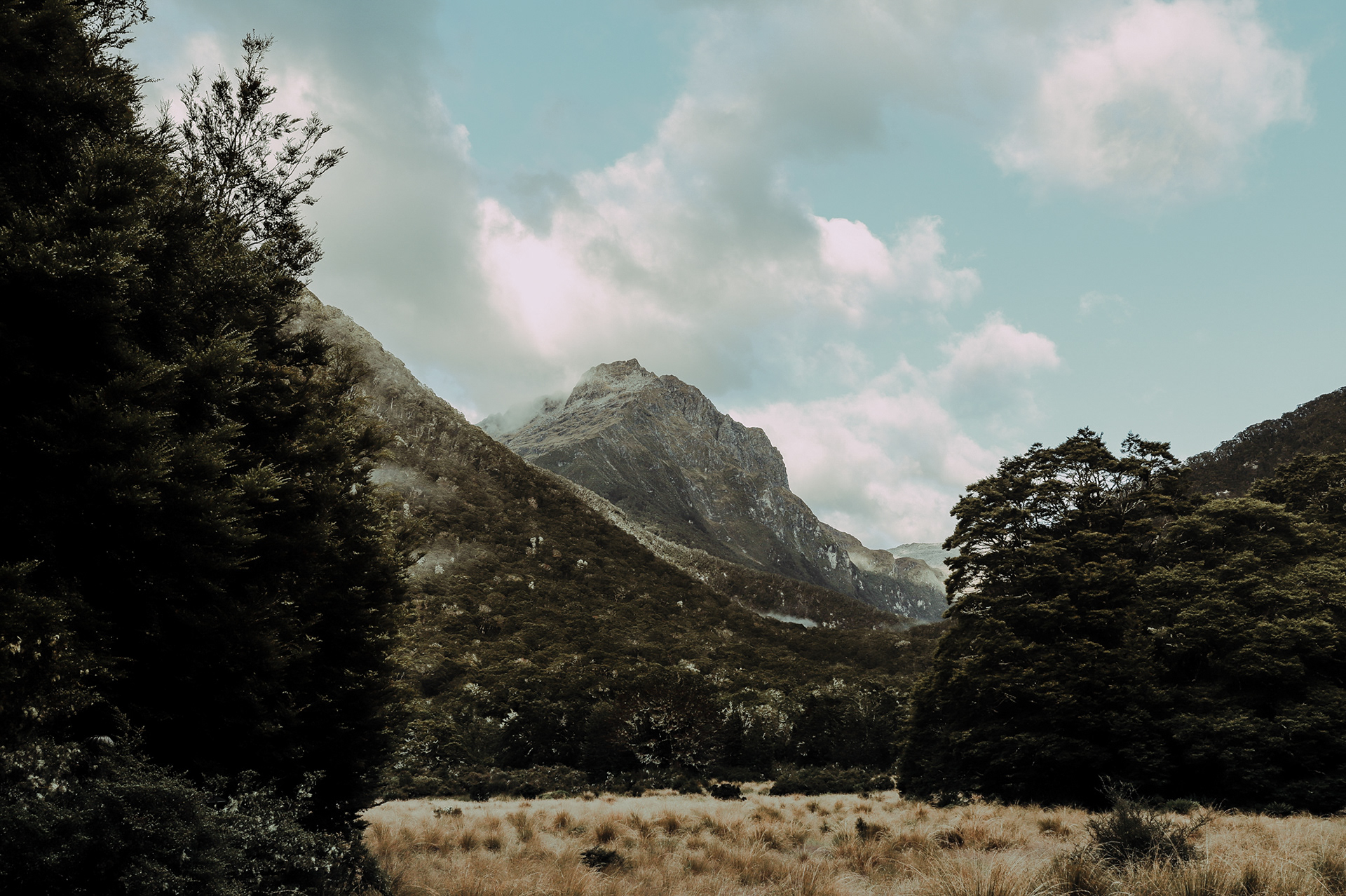






With each step, I was drawn deeper into the mountains and the weather ever-changing.
The journey was one of contrasts—quiet forest paths followed by sudden, breathtaking views of towering peaks and misty valleys.
The journey was one of contrasts—quiet forest paths followed by sudden, breathtaking views of towering peaks and misty valleys.
As the trail wound upward, the terrain became more rugged, and the true scale of the mountains began to emerge. The mountains seemed to stretch endlessly in all directions, their jagged ridgelines cutting through the clouds, while the mist hung low in the landscape in mystery. It was here, amidst the wild beauty and raw power of the land, that I captured the shot—the calm before the storm.
Nirvana
Nirvana captures a moment of serene isolation amidst the raw power of nature.
The dramatic mountain range, seems to transcend time and space, with sharp ridgelines cutting through the heavy atmosphere.
The dramatic mountain range, seems to transcend time and space, with sharp ridgelines cutting through the heavy atmosphere.
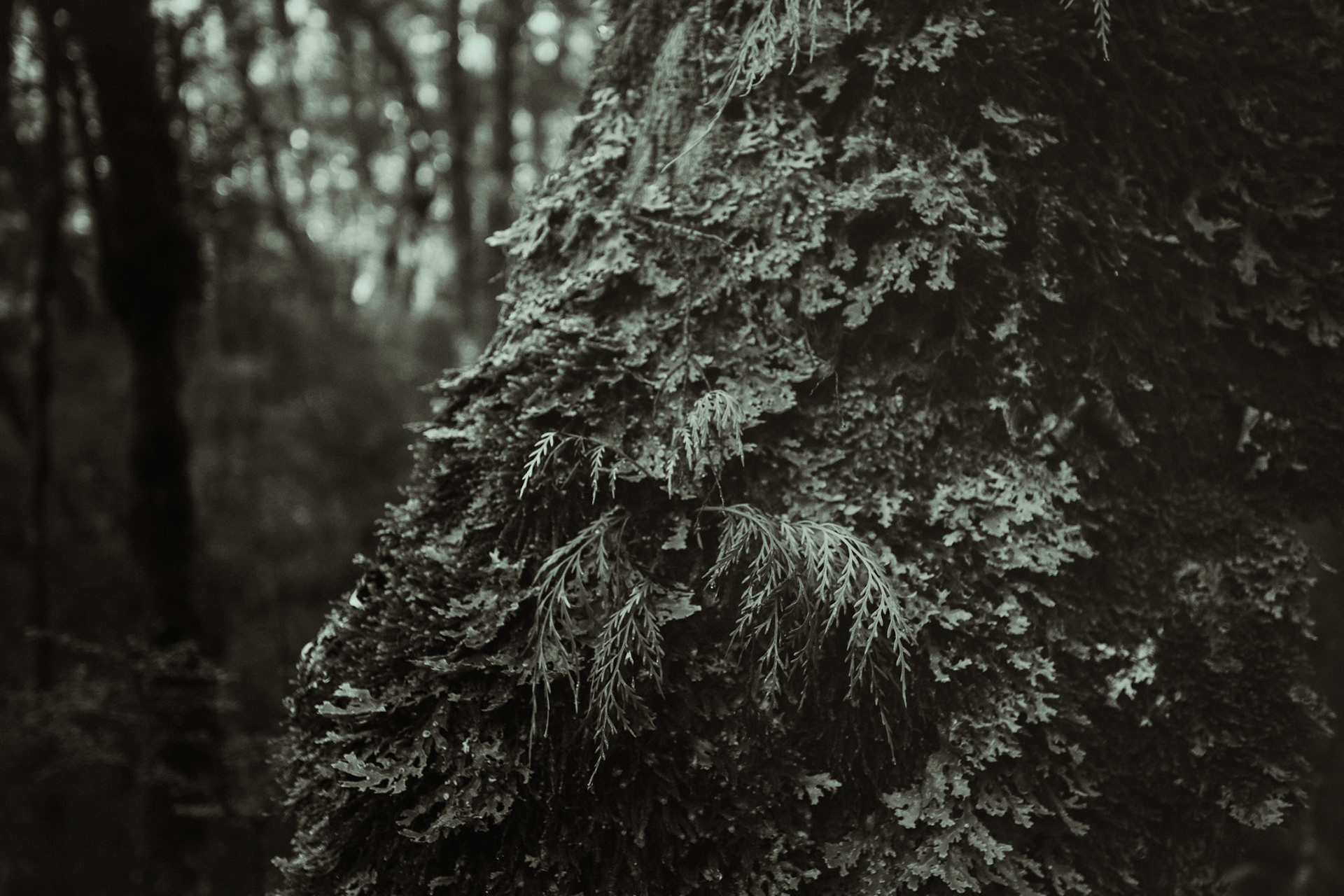
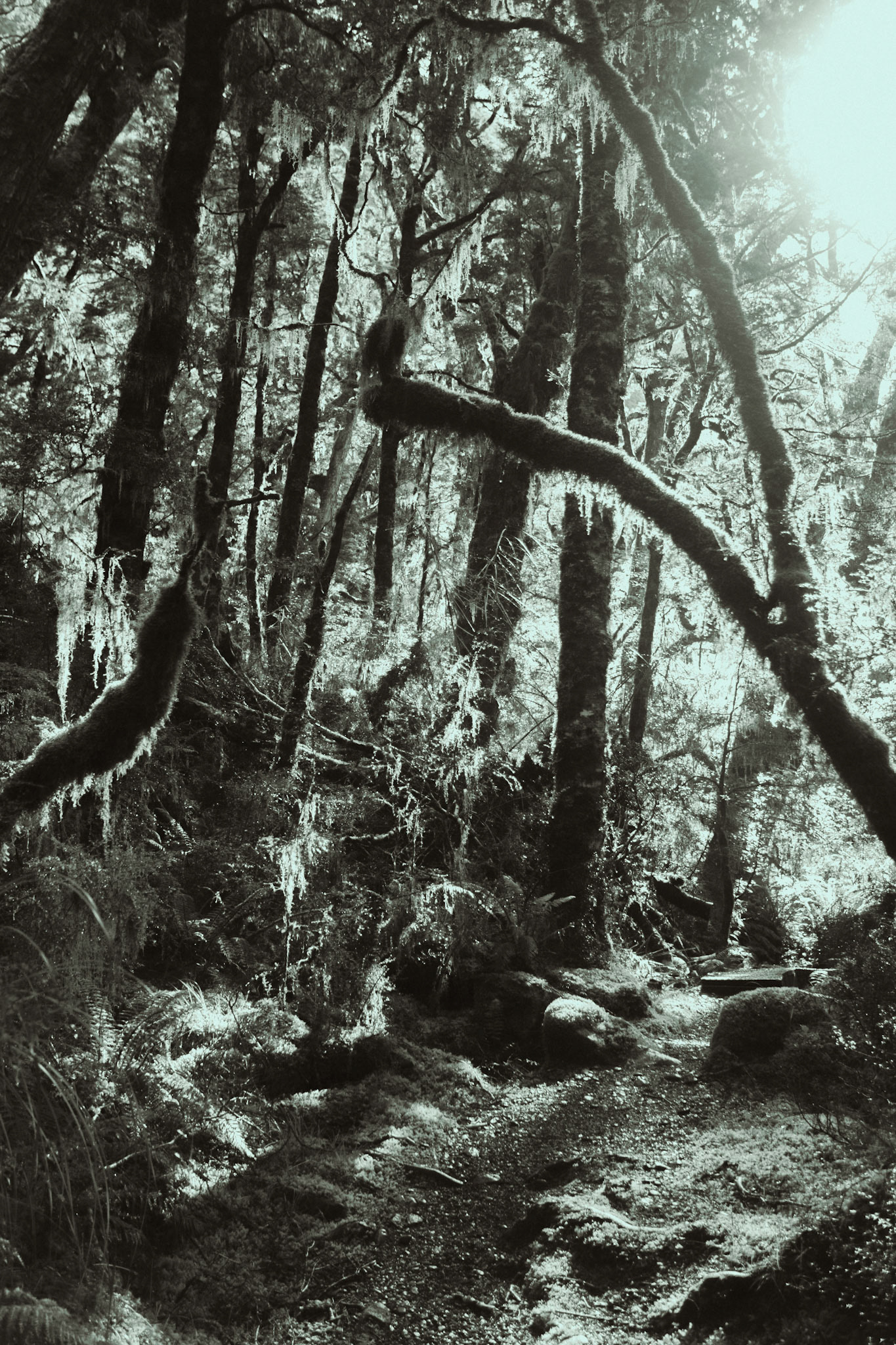
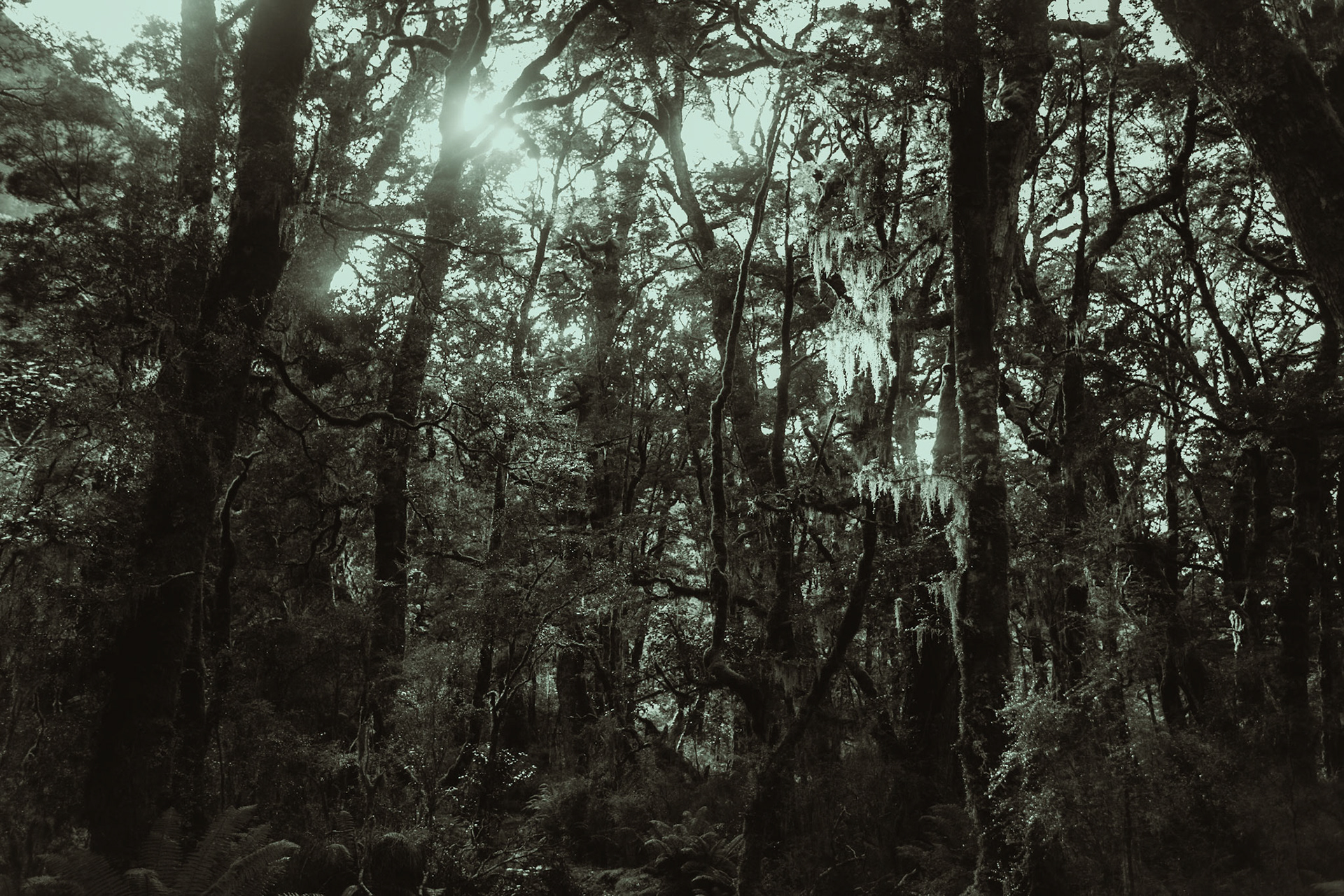
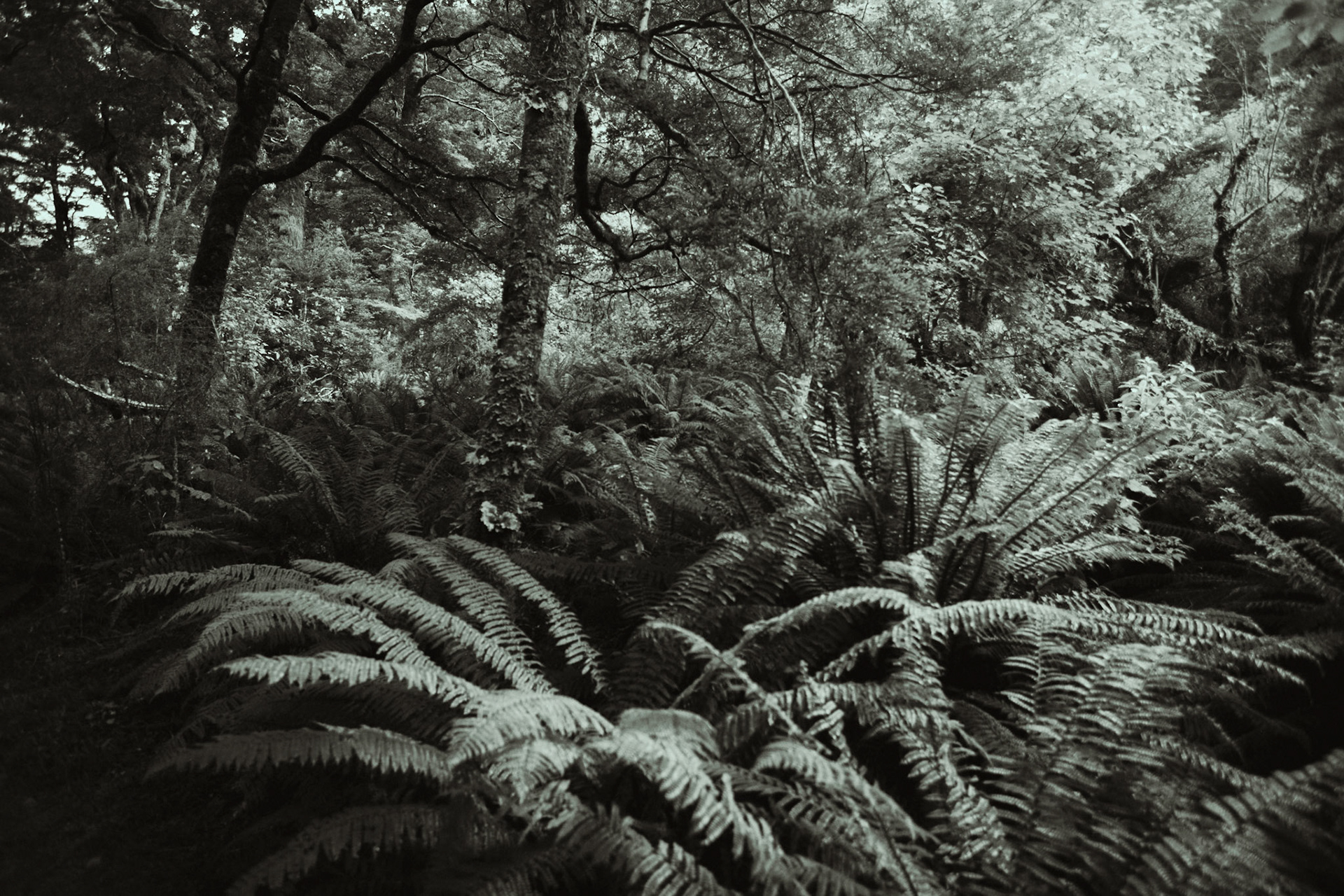
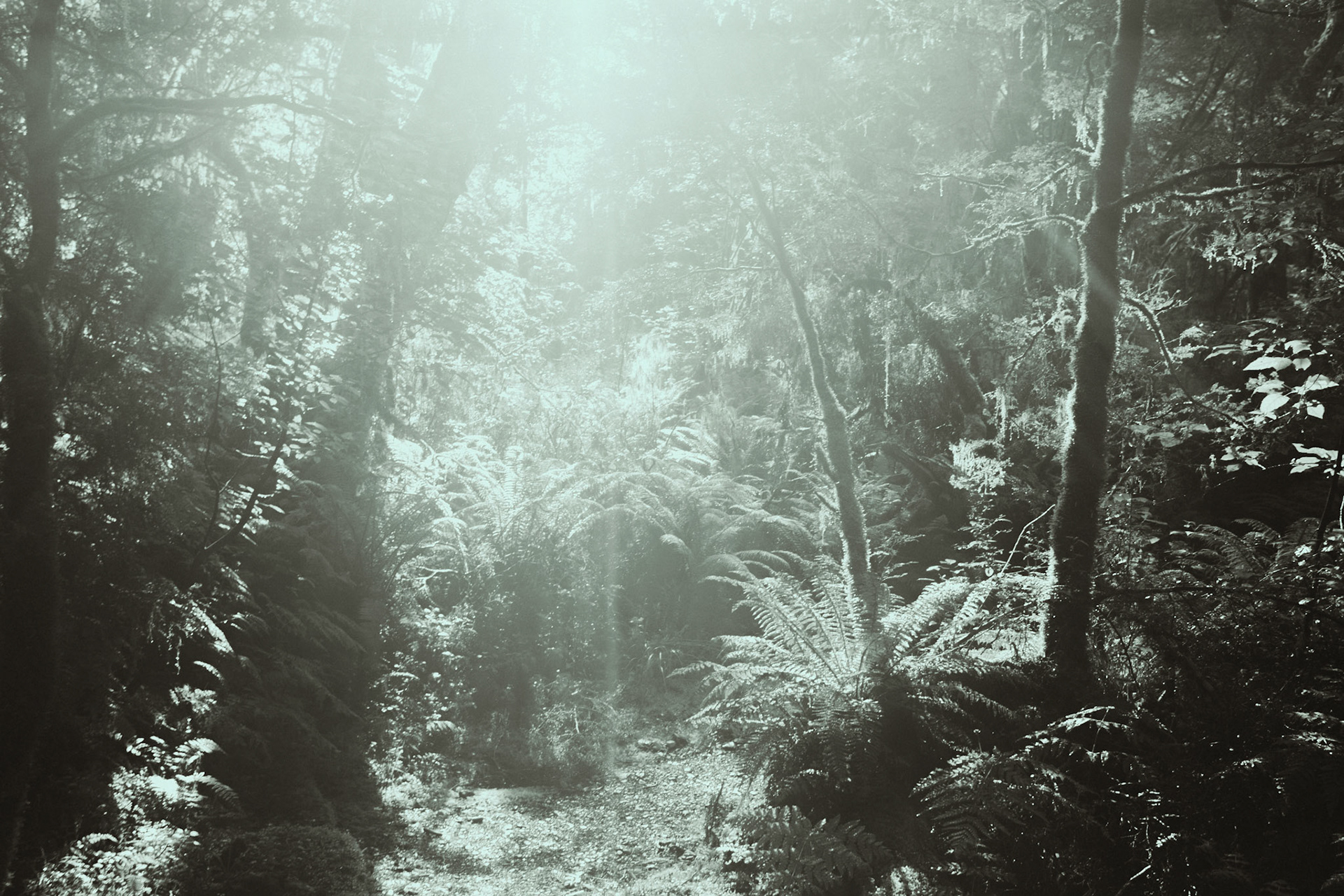
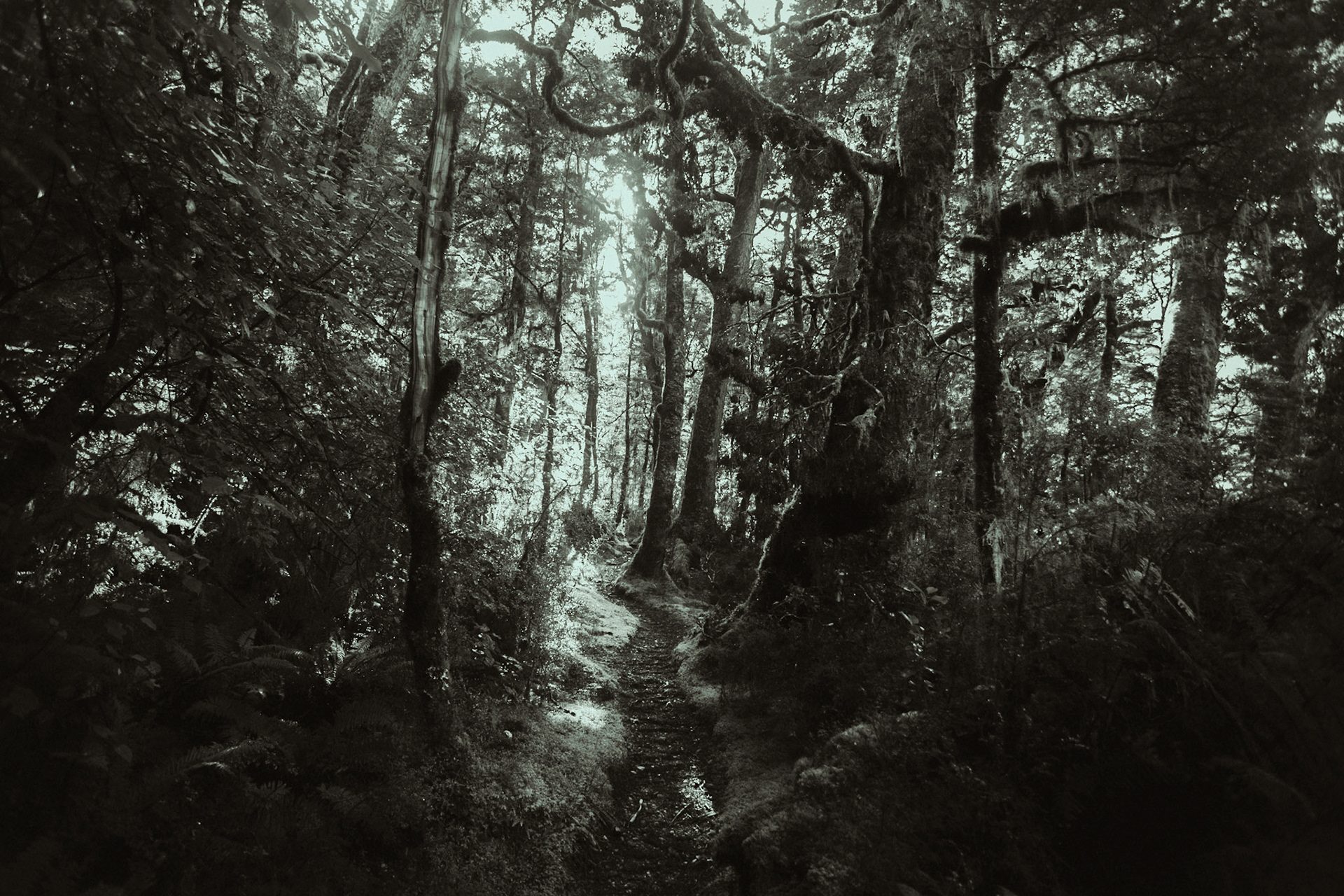
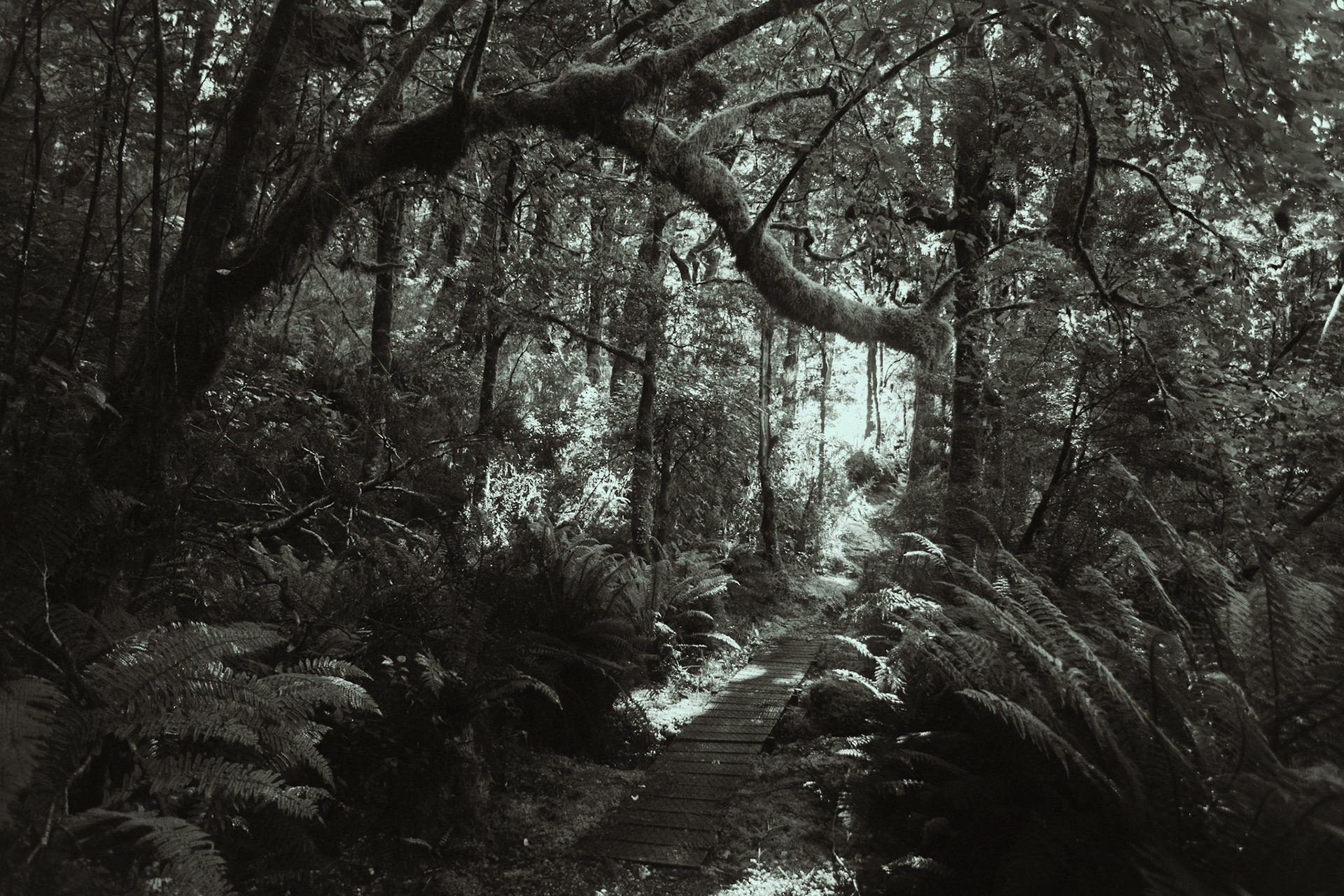
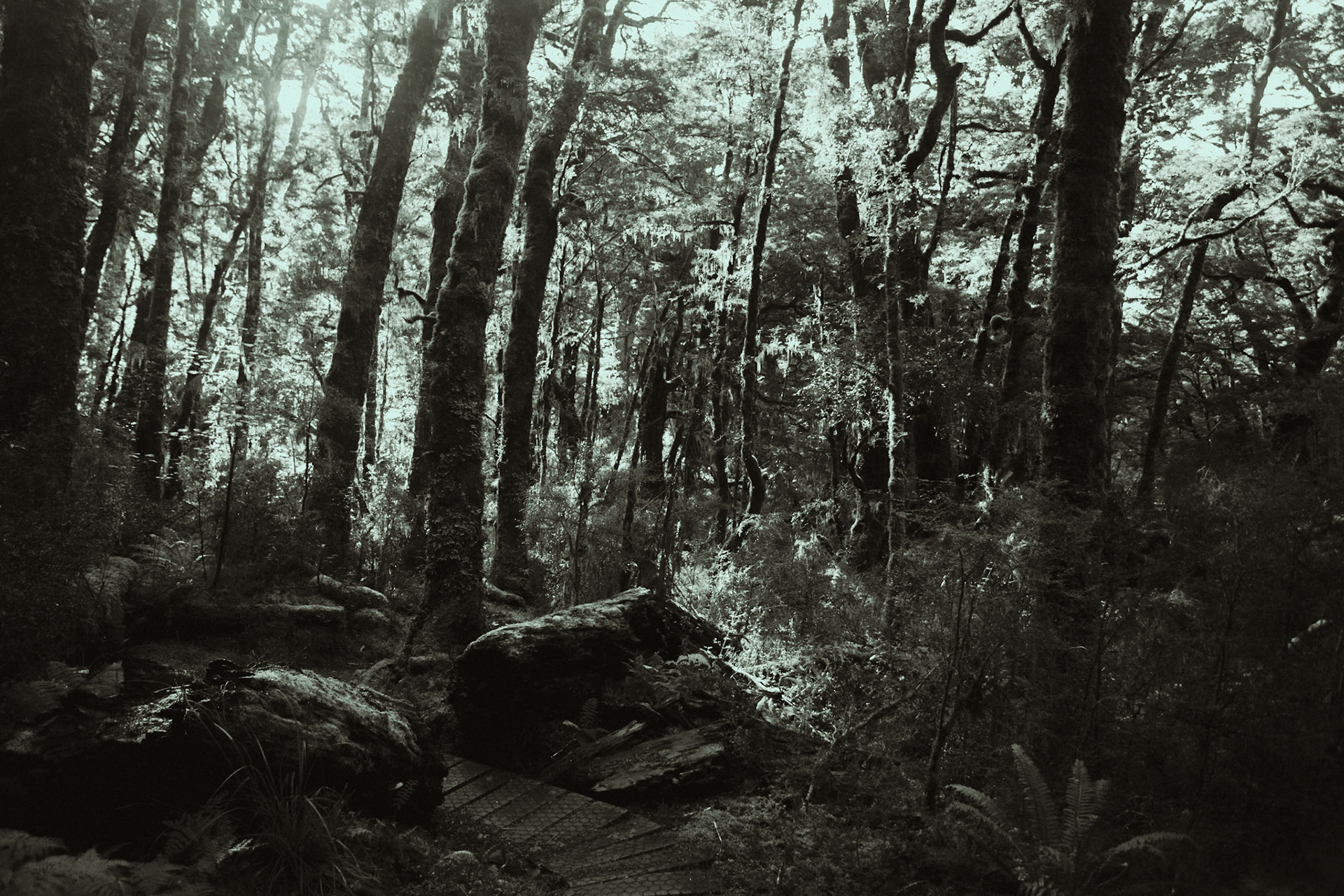
With the scent of pine and damp earth thick in the air. My cameras, always in hand, capturing the contrast of light filtering through the trees and the subtle textures of the undergrowth. The mountains, their towering peaks barely visible at first but gradually rising higher as I trekked forward. The further I went, the more the landscape opened up—lush forests giving way to rocky outcrops and alpine meadows, the air crisp with the sharp bite of altitude.
Using an SLR to study the tonal range of ferns and trees in natural light.
I metered for the shadows to preserve detail in the darker foliage, allowing the highlights to fall off slightly for a more dramatic contrast. The monochrome film emphasized the intricate structure of the fern leaves and the bark’s texture without the distraction of color.
I metered for the shadows to preserve detail in the darker foliage, allowing the highlights to fall off slightly for a more dramatic contrast. The monochrome film emphasized the intricate structure of the fern leaves and the bark’s texture without the distraction of color.
Hathor (Lady of the Sycamore)
Hathor, also called Lady of the Sycamore in the Old Kingdom of Egypt
Hathor, also called Lady of the Sycamore in the Old Kingdom of Egypt
Where the Nile River flowed with life-giving waters and the sun illuminated the desert sands, there lived Hathor, the Lady of the Sycamore. She was known as the goddess of love, music, dance, and fertility, revered by all for her gentle yet powerful presence.
Hathor was often depicted as a beautiful woman with the horns of a cow, symbolizing her nurturing and protective nature. Her eyes gleamed with warmth and wisdom, reflecting the depth of her compassion for all living beings. She was said to reside in the branches of the sacred sycamore tree, where she watched over the land and its people with a benevolent gaze.
Legend spoke of Hathor's role of a healer, offering comfort to those in need and guiding the souls of the departed on their journey to the afterlife. Her sycamore tree provided shade and shelter to travelers, offering respite from the scorching sun and a place for weary souls to find solace.
Hathor's sycamore tree became a place of pilgrimage for those seeking love, fertility, and guidance. People from all corners of Egypt came to pay homage to the Lady of the Sycamore, offering prayers and gifts in gratitude for her blessings.
As centuries passed, Hathor's legend continued to flourish, her name spoken with reverence in temples and households alike. She remained a beloved figure, embodying the eternal cycle of life, love, and renewal that defined the ancient Egyptian worldview.
And so, Hathor, the Lady of the Sycamore, continues to be remembered as a guardian of joy and fertility, her spirit forever intertwined with the lush greenery of her sacred tree and the hearts of those who seek her blessings.
Hathor was often depicted as a beautiful woman with the horns of a cow, symbolizing her nurturing and protective nature. Her eyes gleamed with warmth and wisdom, reflecting the depth of her compassion for all living beings. She was said to reside in the branches of the sacred sycamore tree, where she watched over the land and its people with a benevolent gaze.
Legend spoke of Hathor's role of a healer, offering comfort to those in need and guiding the souls of the departed on their journey to the afterlife. Her sycamore tree provided shade and shelter to travelers, offering respite from the scorching sun and a place for weary souls to find solace.
Hathor's sycamore tree became a place of pilgrimage for those seeking love, fertility, and guidance. People from all corners of Egypt came to pay homage to the Lady of the Sycamore, offering prayers and gifts in gratitude for her blessings.
As centuries passed, Hathor's legend continued to flourish, her name spoken with reverence in temples and households alike. She remained a beloved figure, embodying the eternal cycle of life, love, and renewal that defined the ancient Egyptian worldview.
And so, Hathor, the Lady of the Sycamore, continues to be remembered as a guardian of joy and fertility, her spirit forever intertwined with the lush greenery of her sacred tree and the hearts of those who seek her blessings.
